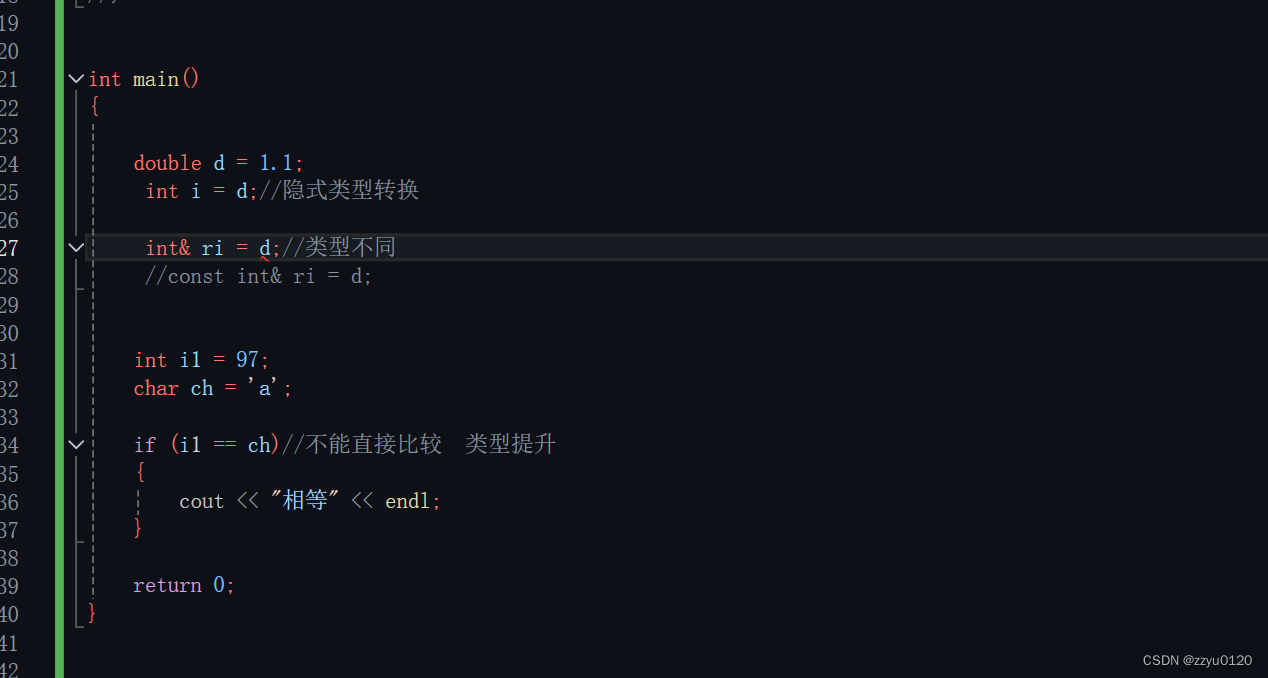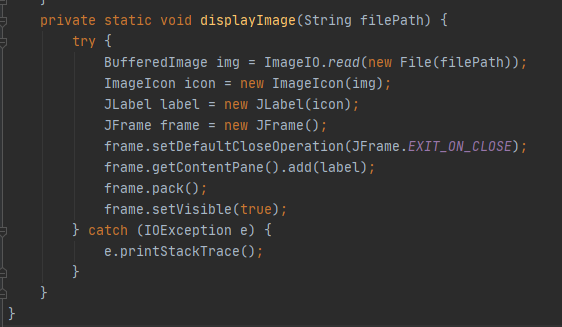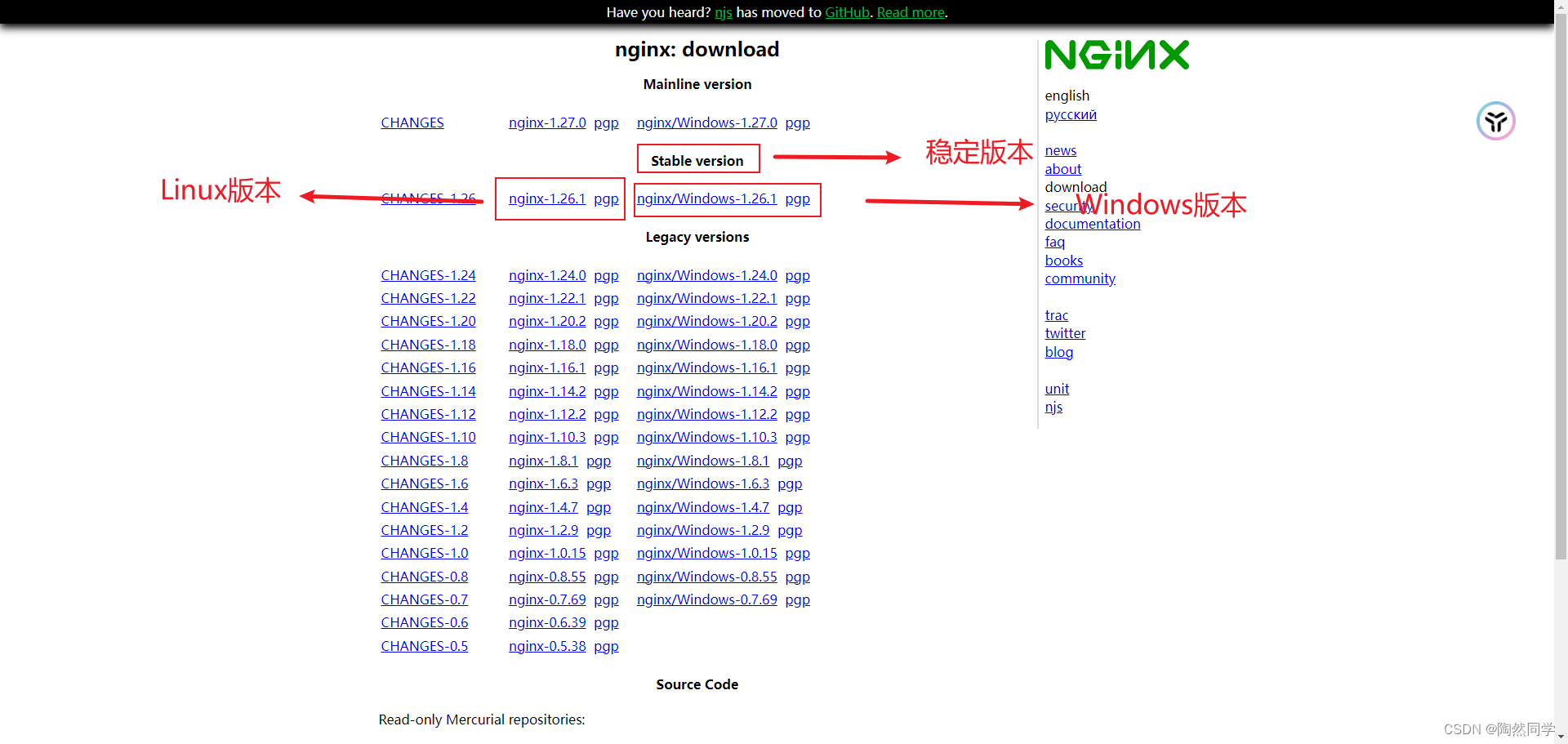预测头
ultralytics/nn/modules/head.py
class OBB(Detect):
"""YOLOv8 OBB detection head for detection with rotation models."""
def __init__(self, nc=80, ne=1, ch=()):
"""Initialize OBB with number of classes `nc` and layer channels `ch`."""
super().__init__(nc, ch)
self.ne = ne # number of extra parameters
c4 = max(ch[0] // 4, self.ne)
self.cv4 = nn.ModuleList(nn.Sequential(Conv(x, c4, 3), Conv(c4, c4, 3), nn.Conv2d(c4, self.ne, 1)) for x in ch)
def forward(self, x):
"""Concatenates and returns predicted bounding boxes and class probabilities."""
bs = x[0].shape[0] # batch size
angle = torch.cat([self.cv4[i](x[i]).view(bs, self.ne, -1) for i in range(self.nl)], 2) # OBB theta logits
# NOTE: set `angle` as an attribute so that `decode_bboxes` could use it.
angle = (angle.sigmoid() - 0.25) * math.pi # [-pi/4, 3pi/4]
# angle = angle.sigmoid() * math.pi / 2 # [0, pi/2]
if not self.training:
self.angle = angle
x = Detect.forward(self, x)
if self.training:
return x, angle
# return torch.cat([x, angle], 1) if self.export else (torch.cat([x[0], angle], 1), (x[1], angle))
return torch.cat([x, angle], 1).permute(0, 2, 1) if self.export else (torch.cat([x[0], angle], 1), (x[1], angle))
forward 输入值
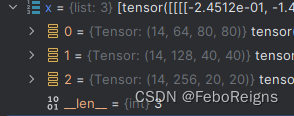
self.cv4网路结构
ModuleList(
(0): Sequential(
(0): Conv(
(conv): Conv2d(64, 16, kernel_size=(3, 3), stride=(1, 1), padding=(1, 1), bias=False)
(bn): BatchNorm2d(16, eps=0.001, momentum=0.03, affine=True, track_running_stats=True)
(act): SiLU(inplace=True)
)
(1): Conv(
(conv): Conv2d(16, 16, kernel_size=(3, 3), stride=(1, 1), padding=(1, 1), bias=False)
(bn): BatchNorm2d(16, eps=0.001, momentum=0.03, affine=True, track_running_stats=True)
(act): SiLU(inplace=True)
)
(2): Conv2d(16, 1, kernel_size=(1, 1), stride=(1, 1))
)
(1): Sequential(
(0): Conv(
(conv): Conv2d(128, 16, kernel_size=(3, 3), stride=(1, 1), padding=(1, 1), bias=False)
(bn): BatchNorm2d(16, eps=0.001, momentum=0.03, affine=True, track_running_stats=True)
(act): SiLU(inplace=True)
)
(1): Conv(
(conv): Conv2d(16, 16, kernel_size=(3, 3), stride=(1, 1), padding=(1, 1), bias=False)
(bn): BatchNorm2d(16, eps=0.001, momentum=0.03, affine=True, track_running_stats=True)
(act): SiLU(inplace=True)
)
(2): Conv2d(16, 1, kernel_size=(1, 1), stride=(1, 1))
)
(2): Sequential(
(0): Conv(
(conv): Conv2d(256, 16, kernel_size=(3, 3), stride=(1, 1), padding=(1, 1), bias=False)
(bn): BatchNorm2d(16, eps=0.001, momentum=0.03, affine=True, track_running_stats=True)
(act): SiLU(inplace=True)
)
(1): Conv(
(conv): Conv2d(16, 16, kernel_size=(3, 3), stride=(1, 1), padding=(1, 1), bias=False)
(bn): BatchNorm2d(16, eps=0.001, momentum=0.03, affine=True, track_running_stats=True)
(act): SiLU(inplace=True)
)
(2): Conv2d(16, 1, kernel_size=(1, 1), stride=(1, 1))
)
angle维度14,1,8400
损失函数
pred_angle = pred_angle.permute(0, 2, 1).contiguous()
维度变为14 8400 1
将预测结果转为bboxes
pred_bboxes = self.bbox_decode(anchor_points, pred_distri, pred_angle) # xyxy, (b, h*w, 4)
计算回归损失
loss[0], loss[2] = self.bbox_loss(
pred_distri, pred_bboxes, anchor_points, target_bboxes, target_scores, target_scores_sum, fg_mask
)
这里的bbox_loss指的是:
self.bbox_loss = RotatedBboxLoss(self.reg_max - 1, use_dfl=self.use_dfl).to(self.device)
接来下看RotatedBboxLoss
def forward(self, pred_dist, pred_bboxes, anchor_points, target_bboxes, target_scores, target_scores_sum, fg_mask):
"""IoU loss."""
weight = target_scores.sum(-1)[fg_mask].unsqueeze(-1)
iou = probiou(pred_bboxes[fg_mask], target_bboxes[fg_mask])
loss_iou = ((1.0 - iou) * weight).sum() / target_scores_sum
# DFL loss
if self.use_dfl:
target_ltrb = bbox2dist(anchor_points, xywh2xyxy(target_bboxes[..., :4]), self.reg_max)
loss_dfl = self._df_loss(pred_dist[fg_mask].view(-1, self.reg_max + 1), target_ltrb[fg_mask]) * weight
loss_dfl = loss_dfl.sum() / target_scores_sum
else:
loss_dfl = torch.tensor(0.0).to(pred_dist.device)
return loss_iou, loss_dfl
两个旋转矩形如何计算IOU:
def probiou(obb1, obb2, CIoU=False, eps=1e-7):
"""
Calculate the prob IoU between oriented bounding boxes, https://arxiv.org/pdf/2106.06072v1.pdf.
Args:
obb1 (torch.Tensor): A tensor of shape (N, 5) representing ground truth obbs, with xywhr format.
obb2 (torch.Tensor): A tensor of shape (N, 5) representing predicted obbs, with xywhr format.
eps (float, optional): A small value to avoid division by zero. Defaults to 1e-7.
Returns:
(torch.Tensor): A tensor of shape (N, ) representing obb similarities.
"""
x1, y1 = obb1[..., :2].split(1, dim=-1)
x2, y2 = obb2[..., :2].split(1, dim=-1)
a1, b1, c1 = _get_covariance_matrix(obb1)
a2, b2, c2 = _get_covariance_matrix(obb2)
t1 = (
((a1 + a2) * (y1 - y2).pow(2) + (b1 + b2) * (x1 - x2).pow(2)) / ((a1 + a2) * (b1 + b2) - (c1 + c2).pow(2) + eps)
) * 0.25
t2 = (((c1 + c2) * (x2 - x1) * (y1 - y2)) / ((a1 + a2) * (b1 + b2) - (c1 + c2).pow(2) + eps)) * 0.5
t3 = (
((a1 + a2) * (b1 + b2) - (c1 + c2).pow(2))
/ (4 * ((a1 * b1 - c1.pow(2)).clamp_(0) * (a2 * b2 - c2.pow(2)).clamp_(0)).sqrt() + eps)
+ eps
).log() * 0.5
bd = (t1 + t2 + t3).clamp(eps, 100.0)
hd = (1.0 - (-bd).exp() + eps).sqrt()
iou = 1 - hd
if CIoU: # only include the wh aspect ratio part
w1, h1 = obb1[..., 2:4].split(1, dim=-1)
w2, h2 = obb2[..., 2:4].split(1, dim=-1)
v = (4 / math.pi**2) * ((w2 / h2).atan() - (w1 / h1).atan()).pow(2)
with torch.no_grad():
alpha = v / (v - iou + (1 + eps))
return iou - v * alpha # CIoU
return iou
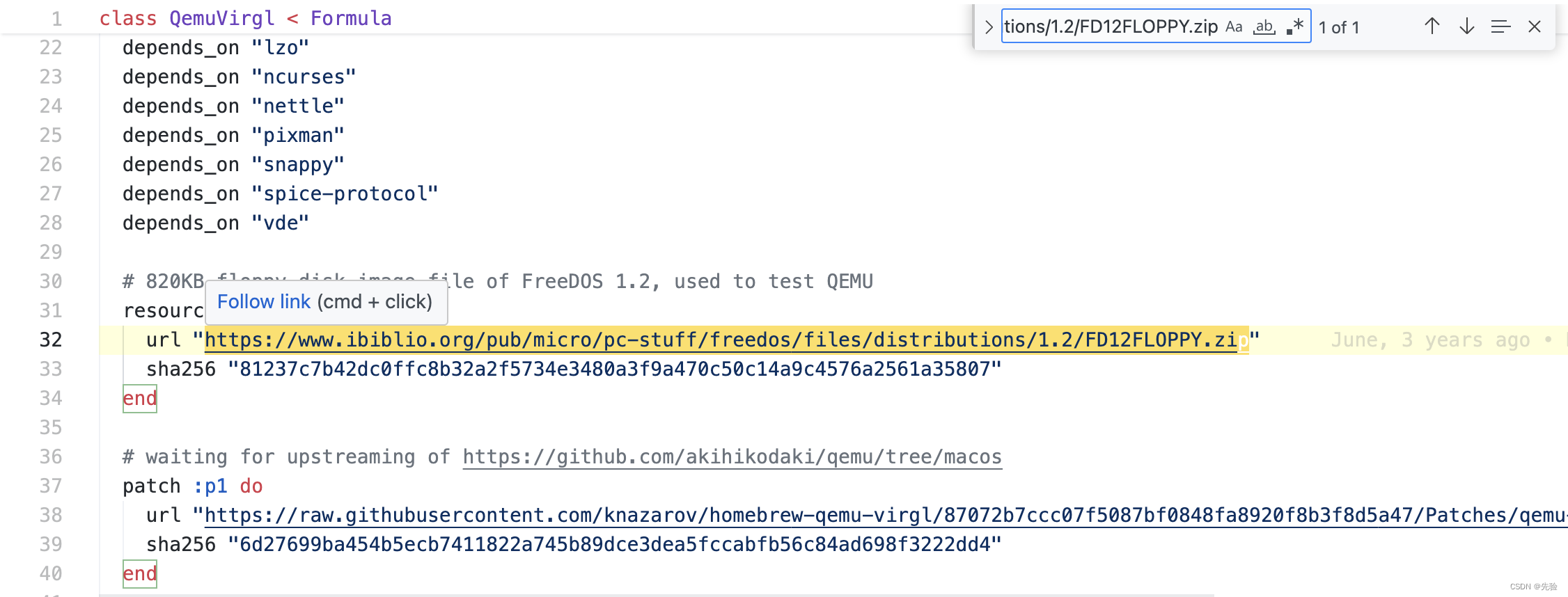
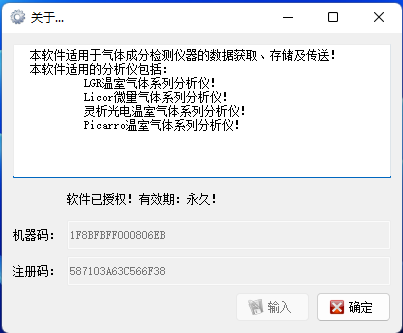
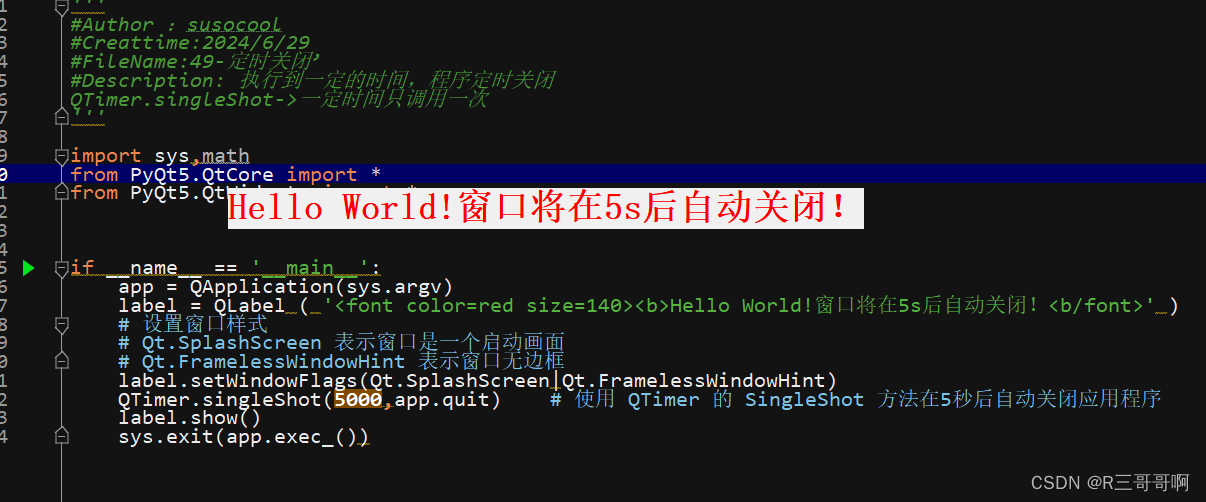

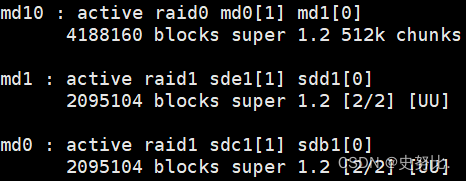
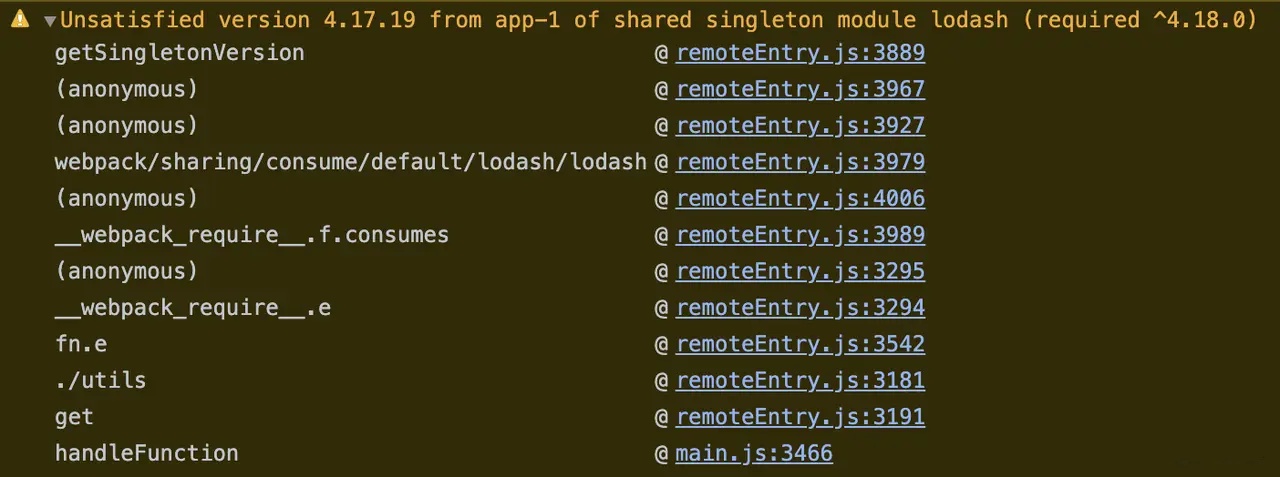
![[OtterCTF 2018]Closure](https://img-blog.csdnimg.cn/img_convert/5efbf43ea10774ee2c754efff394f53e.png)

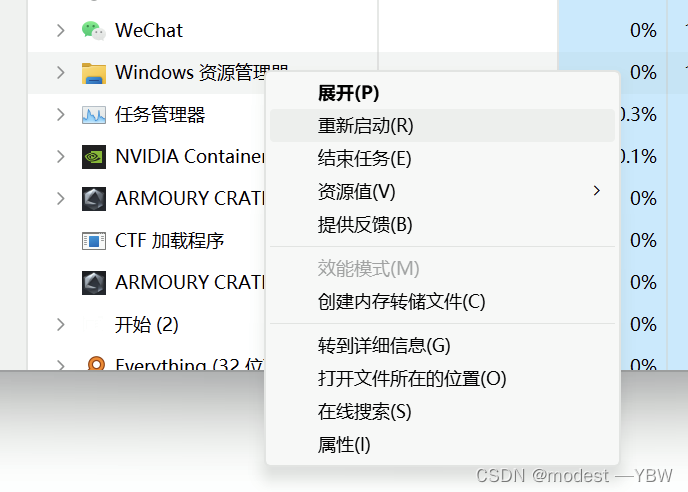




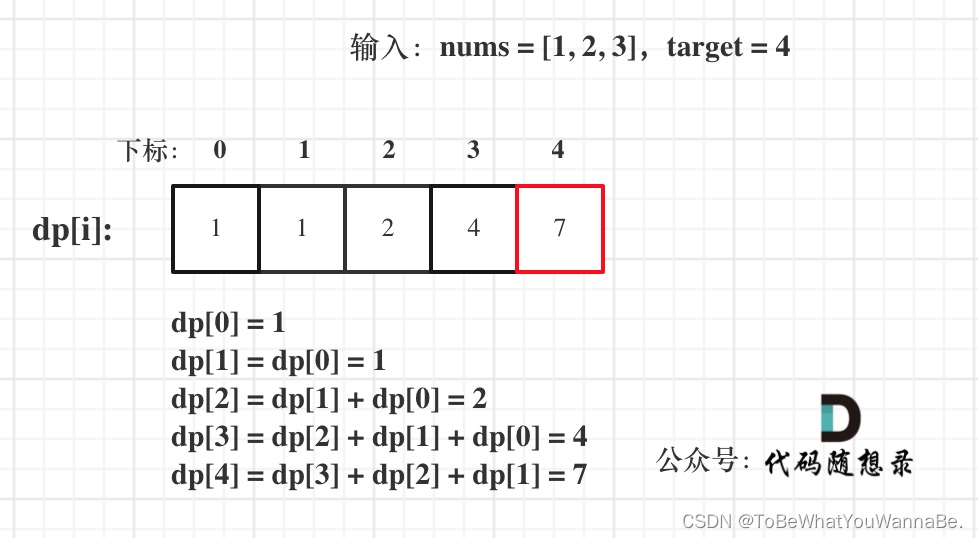
![[OtterCTF 2018]Recovery](https://img-blog.csdnimg.cn/img_convert/870384e7da3fdcebffe88ebc58130266.png)
